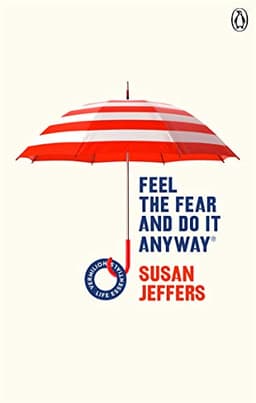Summary
In "Feel the Fear and Do It Anyway," Susan Jeffers empowers readers to overcome their fears by shifting their mindset, embracing uncertainty, and taking bold action in the direction of their dreams.
Sign in to rate
Average Rating: 5
Susan Jeffers' Personal Breakthrough Moment
Susan Jeffers shares a pivotal moment in her life when she finally confronted her victim mentality. While getting ready for work one morning, she caught her reflection in the mirror and saw her eyes red and puffy from crying. Suddenly, she felt a surge of rage and began shouting, "ENOUGH... ENOUGH... ENOUGH!" This marked the beginning of her journey to overcome fear and negativity in her life.
Section: 1, Chapter: 1
The Key Insight: Fear Is Not The Problem
Jeffers realized that since everyone feels fear when stepping into unfamiliar territory, yet so many still push through it, fear itself is not the real issue. The real issue is how we hold the fear. Some people are able to move forward despite fear, seeing it as a companion on their journey. Others are stopped in their tracks by fear, seeing it as a barrier. The former mindset allows fear to be irrelevant, while the latter grants fear the power to control our lives.
Section: 1, Chapter: 1
Moving From Pain To Power
Jeffers presents a simple model to illustrate the two ways of holding fear: the pain position and the power position.
In the pain position, fear leads to helplessness, depression, and paralysis. In the power position, fear is acknowledged but doesn't prevent us from taking action and growing. The key to handling fear is to shift from a pain position to a power position.
Section: 1, Chapter: 1
Fear Will Never Go Away
"As long as you continue to push out into the world, as long as you continue to stretch your capabilities, as long as you continue to take new risks in making your dreams come true, you are going to experience fear."
Section: 1, Chapter: 2
The Only Way To Get Rid Of The Fear Of Something Is To Do It
Jeffers shares her story of overcoming her fear of teaching. The first time she taught a class, her heart was pounding, and her knees were shaking. But she kept teaching, and by the sixth session, she was looking forward to it. The interaction with her students became stimulating and challenging. One day, she realized she was no longer afraid. Her fear had turned into sweet anticipation. The "doing it" comes before the fear goes away.
Section: 1, Chapter: 2
The Only Way To Feel Better About Yourself Is To Go Out And Do It
Many people play the "when/then" game, thinking, "When I feel better about myself, then I'll do it." But Jeffers points out that this is backward. The "doing it" must come before the feeling better about yourself. When you make something happen, you not only get rid of the fear, but you also build your self-confidence. Waiting to feel confident before taking action is a losing strategy.
Section: 1, Chapter: 2
Pushing Through Fear Is Less Frightening Than Living With Helplessness
While we may feel safe and secure in our comfort zones, there is often an underlying dread that something could happen to disrupt our lives at any moment. This feeling of helplessness can be more painful than the fear we feel when pushing ourselves to grow.
When you avoid risk and stay "safe," you may protect yourself from short-term discomfort, but the long-term impact is a sense of powerlessness and anxiety. Choosing to push through fear, on the other hand, builds confidence and resilience.
Section: 1, Chapter: 2
Tools For Shifting From Weakest To Strongest
Jeffers offers several tools for building trust and shifting from the pain position to the power position:
- Create a large "Pain-to-Power Chart" and track your progress as you move from the "pain" side (helplessness, depression, paralysis) to the "power" side (energy, excitement, action).
- Adopt a "Pain-to-Power Vocabulary," replacing phrases like "I can't," "I should," and "I hope" with empowering alternatives like "I won't," "I could," and "I know."
- Each day, take a small risk to expand your "comfort zone," whether it's calling someone you're intimidated to call or buying a more expensive pair of shoes than usual.
Section: 1, Chapter: 3
You're More Powerful Than You Think
"You already have more power than you could ever have imagined. We all have. When I speak of going from pain to power, I am not talking about pulling the power in from any outside source. Inside of you, just waiting to emerge, is an incredible source of energy, which is more than sufficient for you to create a joyful and satisfying life."
Section: 1, Chapter: 3
The Importance Of Practice And Repetition
Jeffers stresses that retraining your mind to think more positively and powerfully takes constant repetition. It's not enough to simply know the tools; you must put them into practice consistently. She recommends reading and rereading self-help books, listening to empowering audios, and repeating affirmations until new thought patterns take hold. Just like exercising a muscle, building mental strength requires ongoing effort and commitment.
Section: 1, Chapter: 3
The Importance Of Taking Responsibility For Your Life
Many people think they are taking responsibility for their lives when they really aren't. True responsibility means not blaming anyone or anything else for your situation, including yourself. It's about being aware of your choices and realizing that you are always in control of your response to life's challenges. When you avoid taking responsibility, you give away your power and remain stuck in a victim mentality.
Section: 1, Chapter: 4
Seven Components Of True Responsibility
Jeffers outlines seven key aspects of taking full responsibility for your life:
- Never blaming anyone else for your circumstances
- Not blaming yourself either, but learning from your experiences
- Being aware of when and where you are not taking responsibility
- Handling your inner "Chatterbox" of negative self-talk
- Recognizing the payoffs that keep you stuck in old patterns
- Figuring out what you want in life and acting on it
- Being aware of the many choices available to you in any situation
Section: 1, Chapter: 4
Discovering Your Payoffs For Staying Stuck
Often, we stay in unfulfilling situations because there are hidden "payoffs" that keep us there. These payoffs might include a sense of security, avoiding the discomfort of change, or getting to be right. Jeffers recommends making a list of all the payoffs you get from staying stuck in some area of your life. Once you're aware of these payoffs, you can consciously choose to let them go and move forward. Awareness is the key to breaking free from self-imposed limitations.
Section: 1, Chapter: 4
The "Pollyanna" Debate
Jeffers shares the stories of two women, Joan and Mary, who both lost their husbands. Joan adopted a victim mentality, seeing her situation as a tragedy and becoming bitter and resentful. Mary, on the other hand, chose to see her loss as an opportunity for growth and positive change. She rebuilt her life, found new purpose, and thrived. This example illustrates how our mindset shapes our experience of reality.When you adopt a positive mindset, you become more resilient, resourceful, and attractive to others.
Section: 1, Chapter: 5
An Experiment In The Power Of Words
Jeffers describes an exercise where participants state either "I am a weak and unworthy person" or "I am a strong and worthy person" and then attempt to resist as someone tries to push down their extended arm. Invariably, the arm is easier to push down after the negative statement and remains strong after the positive one. This demonstrates how the words we use have a direct impact on our physical state and inner resilience. Choose your words carefully, as they shape your reality.
Section: 1, Chapter: 5
The Importance Of Surrounding Yourself With Positive People
To support your growth, it's crucial to have people in your life who uplift and inspire you. Jeffers recommends taking inventory of your current relationships and assessing whether they drain you or energize you. Seek out people who are also committed to personal development, whether through workshops, support groups, or new friendships. As you grow, you may naturally outgrow certain relationships. Trust that as you change, you will attract the right people into your life.
Section: 1, Chapter: 6
Strategies For Responding To Unsupportive Comments
Jeffers offers examples of how to reframe unsupportive comments from loved ones in a way that honors your growth while also maintaining the relationship. The key is to:
- Acknowledge the other person's concern or perspective
- Express your own needs and boundaries clearly
- Reaffirm your care for the other person
- Invite them to support you in specific ways By responding with both firmness and compassion, you can navigate challenging conversations and create win-win outcomes.
Section: 1, Chapter: 6
The Fear Of Making The "Wrong" Decision
Many people are paralyzed by the fear of making the wrong decision, believing that a wrong choice will lead to loss or unhappiness. This fear often leads to indecision and missed opportunities. Jeffers argues that there are no wrong decisions, only different paths with different lessons and experiences. The key is to make a choice and fully commit to the path you've chosen.
Section: 1, Chapter: 7
The No-Win And No-Lose Decision Models
Jeffers contrasts two models for decision-making:
- The No-Win Model: You agonize over the decision, try to control the outcome, and second-guess yourself afterward. Any obstacles or challenges are seen as proof that you made the "wrong" choice.
- The No-Lose Model: You see each choice as an opportunity for growth and learning. You trust that whatever path you choose, you will gain valuable experiences and insights. Challenges are embraced as part of the journey. By adopting the No-Lose Model, you free yourself from the fear of making a mistake and open yourself up to life's adventures.
Section: 1, Chapter: 7
Seeing Your Life As A Learning Journey
Jeffers invites readers to think of themselves as lifetime students in the school of life. Each experience, whether joyful or challenging, is a lesson to be learned. When you approach decisions with this mindset, you stop putting so much pressure on yourself to make the "right" choice. Instead, you focus on fully engaging with the path you've chosen and extracting the learning from each experience.
Section: 1, Chapter: 7
The Power Of 100% Commitment And Acting "As If"
To fully engage with each area of your Whole Life Grid, Jeffers recommends two powerful practices:
- Make a 100% commitment to each area of focus, giving it your full attention and effort when you're engaged with it.
- Act "as if" you really count and your presence makes a difference.
This shift in mindset energizes you and attracts more positive experiences. By applying these practices consistently, you build a sense of purpose and fulfillment in all areas of your life.
Section: 1, Chapter: 8
The Whole Life Grid: A Tool For Creating Balance
Jeffers provides a nine-box grid to help readers map out the key areas of their lives:
- Relationships
- Work
- Financial
- Personal Growth
- Health/Appearance
- Family
- Social Life/Friends
- Leisure/Hobbies
- Contribution/Spirituality
By assessing your current level of satisfaction and engagement in each area, you can identify areas for growth and create a plan for nurturing a more well-rounded life.
Section: 1, Chapter: 8
Embracing Life's Challenges With A "Yes" Attitude
Jeffers introduces the concept of "saying yes to your universe" as a way to reduce fear and increase resilience. By adopting a mindset of acceptance and openness to life's experiences, you shift from a state of resistance and victimhood to one of empowerment and growth. Saying "yes" doesn't mean you like what's happening, but that you're willing to find the opportunity and learning in each situation.
Section: 1, Chapter: 9
The Pain Of "Yes" Vs. The Pain Of "No"
When faced with challenging situations, we often have two choices: to say "yes" or to say "no."
Saying "no" may provide temporary relief or a sense of control, but it ultimately leads to stagnation, resentment, and a victim mentality. Saying "yes," on the other hand, opens us up to growth, learning, and new possibilities. While saying "yes" may involve discomfort or pain in the short term, it allows us to move through difficulty and come out stronger on the other side.
Section: 1, Chapter: 9
The Importance Of Giving In Overcoming Fear
Jeffers argues that one of the most valuable lessons in learning to diminish fear is the concept of giving. Many people are stuck in a cycle of fear and scarcity because they are constantly focused on what they can get from life and others. By shifting to a mindset of giving and abundance, we open ourselves up to greater joy, fulfillment, and fearlessness.
"When we give from a place of love, rather than from a place of expectation, more usually comes back to us than we could have ever imagined."
Section: 1, Chapter: 10
Overcoming Childhood Conditioning Around Scarcity
Many of us have been conditioned from childhood to believe in scarcity and to hoard resources out of fear. Jeffers invites readers to examine their early experiences and beliefs around giving and receiving. By consciously challenging these limiting beliefs and choosing to act from a place of abundance, we can rewire our mindset and create more fulfilling relationships with others and with life itself.
Section: 1, Chapter: 10
Tapping Into Your Inner Power Source
Jeffers introduces the concept of the "Higher Self," the part of us that is connected to a greater wisdom, love, and abundance. By learning to align our thoughts and actions with this Higher Self, we can access a deep well of inner peace, guidance, and strength. This connection is the ultimate antidote to fear and scarcity.
Jeffers shares a story of a time when she was waiting to hear back about a job opportunity. Her Chatterbox began to fill her with worries and worst-case scenarios, leaving her feeling anxious and powerless. By consciously choosing to tune into her Higher Self instead, she was able to find a place of calm and trust. She reminded herself that even if she didn't get the job, she would still be okay and that the right opportunity would come along.
Section: 1, Chapter: 11
Accessing Your Higher Self In Difficult Moments
Jeffers offers a simple process for connecting with your Higher Self when fear arises:
- Notice when your Chatterbox is taking over and filling you with negative or fearful thoughts
- Take a deep breath and consciously choose to tune into your Higher Self instead
- Use affirmations, prayers, or mantras to redirect your mind to a place of trust and abundance (e.g., "I am safe," "All is well," "I am guided and supported")
- Visualize yourself surrounded by love and light, connected to a greater wisdom
- Take action from this place of centeredness, even if fear is still present By consistently practicing this process, you strengthen your ability to access your inner power source in the face of life's challenges.
Section: 1, Chapter: 11
Feel The Fear And Do It Anyway: The Path Of A Lifetime
In the final chapter, Jeffers reminds readers that the journey of overcoming fear and embracing life fully is an ongoing one. There will always be new challenges, opportunities, and fears to face. The key is to keep applying the tools and principles learned throughout the book, day by day and moment by moment. By staying committed to personal growth and self-discovery, we can create a life of ever-expanding joy, love, and fulfillment.
Jeffers encourages readers to be patient and compassionate with themselves as they navigate the ups and downs of personal growth. Like any learning process, there will be times of rapid progress and times of plateau or even backsliding. By trusting in the natural ebb and flow of growth and staying committed to the journey, you allow your transformation to unfold in its own perfect timing.
Section: 1, Chapter: 12
Related Content
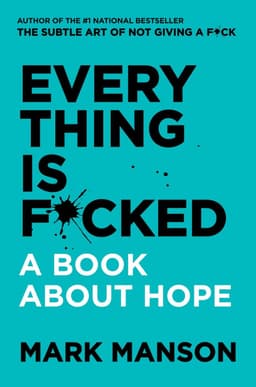
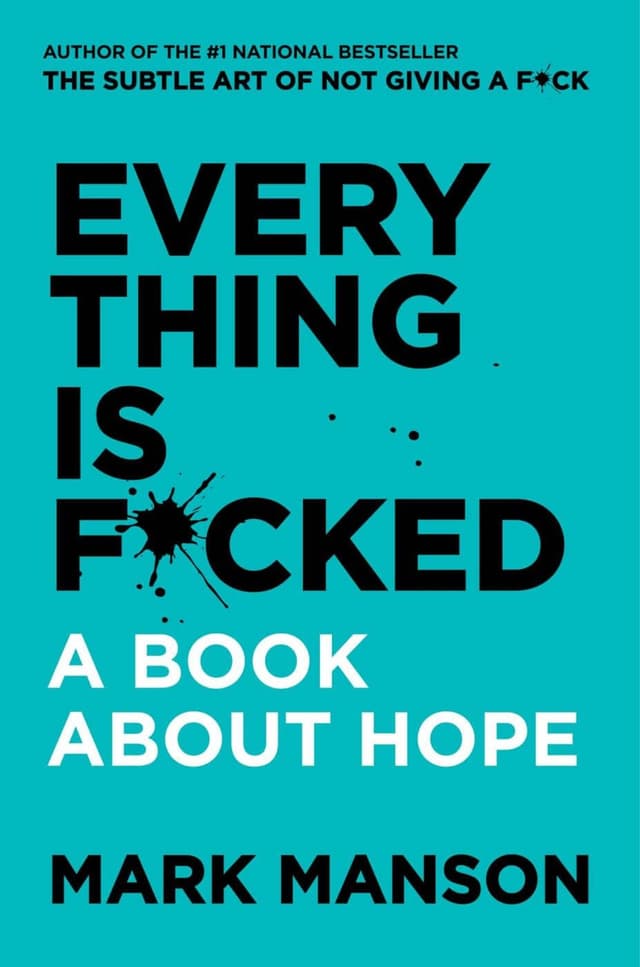
Everything is F*cked Book Summary
Mark Manson
In a world where everything seems fcked, Manson provides a provocative exploration of the human condition, offering a counterintuitive perspective on the nature of hope, the illusion of self-control, and the quest for meaning amongst uncertainty
In a world where everything seems fcked, Manson provides a provocative exploration of the human condition, offering a counterintuitive perspective on the nature of hope, the illusion of self-control, and the quest for meaning amongst uncertainty
Personal Development
Philosophy
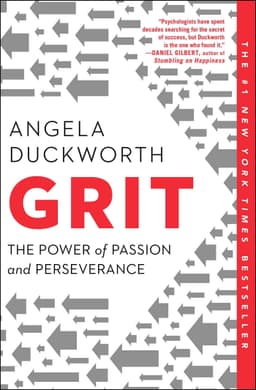
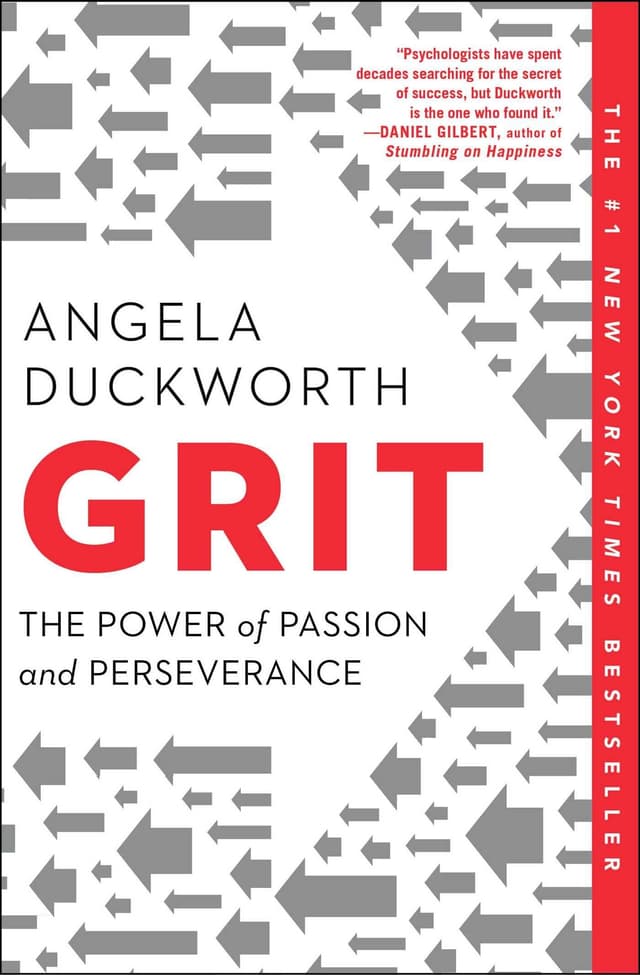
Grit Book Summary
Angela Duckworth
In "Grit: The Power of Passion and Perseverance," Angela Duckworth argues that the secret to outstanding achievement is not talent, but a special blend of passion and persistence she calls "grit."
In "Grit: The Power of Passion and Perseverance," Angela Duckworth argues that the secret to outstanding achievement is not talent, but a special blend of passion and persistence she calls "grit."
Personal Development
Self-Help
Leadership


